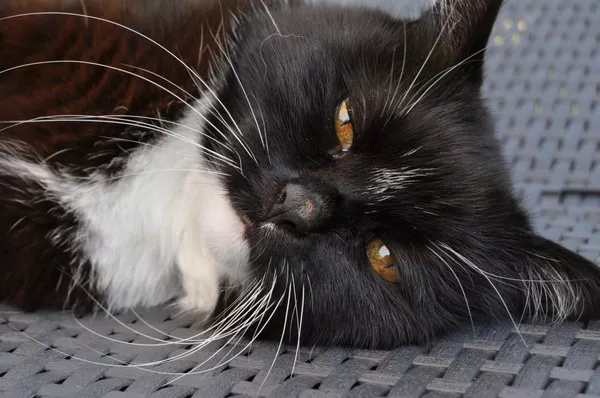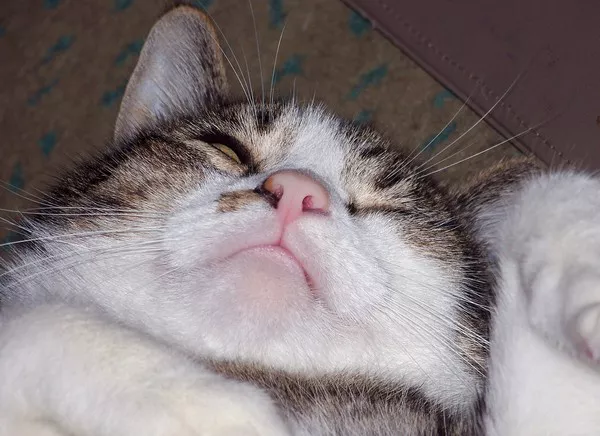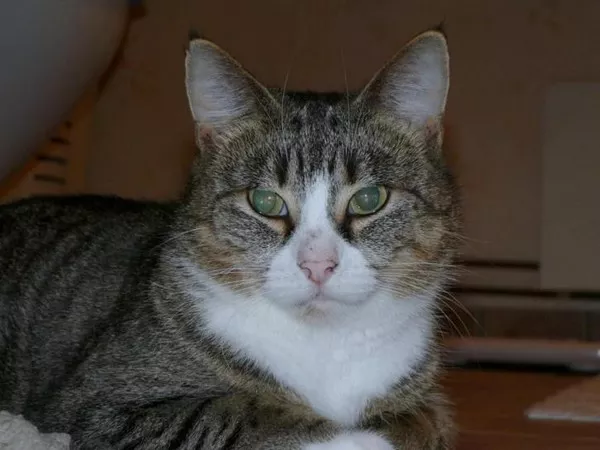Cats are known for their fastidious grooming habits, but even the most meticulous feline may require assistance in keeping their eyes clean. Proper eye care is essential for maintaining your cat’s overall health and preventing eye-related issues such as infections, irritation, and discharge buildup. In this comprehensive guide, we’ll explore the importance of cleaning your cat’s eyes, the tools and techniques needed for proper eye care, and step-by-step instructions for safely and effectively cleaning your cat’s eyes at home.
Understanding Cat Eye Health
A cat’s eyes are delicate organs that play a crucial role in their sensory perception and overall wellbeing. Cats rely heavily on their sense of sight, and any issues affecting their eyes can significantly impact their quality of life. Common eye problems in cats include:
Tear Stains: Excessive tearing can lead to unsightly tear stains around the eyes, which may indicate underlying health issues such as allergies or eye infections.
Eye Discharge: Abnormal eye discharge, such as crustiness, cloudiness, or pus-like discharge, can be a sign of infection, injury, or blocked tear ducts.
Conjunctivitis: Also known as “pink eye,” conjunctivitis is inflammation of the conjunctiva, the thin membrane covering the inner surface of the eyelids and the whites of the eyes. Symptoms include redness, swelling, and discharge.
Corneal Ulcers: Corneal ulcers are injuries to the outer layer of the eye (cornea) that can result from trauma, scratches, or infections. Symptoms include squinting, excessive tearing, and cloudy or hazy eyes.
Eye Infections: Bacterial, viral, or fungal infections can affect the eyes and cause symptoms such as redness, swelling, discharge, and discomfort.
Importance of Regular Eye Cleaning
Regular eye cleaning is essential for maintaining your cat’s ocular health and preventing eye-related issues. Cleaning your cat’s eyes helps remove debris, dirt, tear stains, and discharge buildup that can accumulate around the eyes and lead to irritation, infection, or discomfort. Additionally, routine eye cleaning provides an opportunity to inspect your cat’s eyes for any signs of abnormalities or health issues, allowing for early detection and intervention when necessary.
Tools and Supplies for Cleaning Your Cat’s Eyes
Before you begin cleaning your cat’s eyes, gather the necessary tools and supplies:
Sterile Saline Solution: Use a sterile saline solution or specially formulated cat eye wash to clean your cat’s eyes. Avoid using tap water or homemade solutions, as they may contain impurities or irritants that could further irritate your cat’s eyes.
Soft, Lint-Free Cloths or Cotton Balls: Use soft, lint-free cloths or cotton balls to gently wipe away debris, dirt, or discharge from your cat’s eyes. Avoid using tissues or paper towels, as they may be too rough and abrasive for your cat’s delicate eye area.
Treats or Rewards: Have your cat’s favorite treats or rewards on hand to reward them for cooperating during the eye-cleaning process. Positive reinforcement can help make the experience more pleasant for your cat and encourage them to cooperate in the future.
Pet-Safe Eye Wipes: Alternatively, you can use pet-safe eye wipes specially formulated for cleaning cat eyes. These pre-moistened wipes are convenient and easy to use, making them ideal for quick clean-ups or on-the-go eye care.
Step-by-Step Guide to Cleaning Your Cat’s Eyes
Now that you have gathered your supplies, follow these step-by-step instructions to safely and effectively clean your cat’s eyes:
Prepare the Cleaning Area: Choose a quiet, well-lit area free from distractions where you can comfortably clean your cat’s eyes. Place your cat on a stable surface such as a table or countertop, or hold them securely in your lap.
Offer Treats and Rewards: Before you begin, offer your cat treats or rewards to help them associate the eye-cleaning process with positive experiences. This can help reduce stress and make the process more enjoyable for your cat.
Inspect Your Cat’s Eyes: Gently lift your cat’s eyelids and inspect their eyes for any signs of abnormalities, such as redness, swelling, discharge, or irritation. Note any changes or abnormalities for future reference and monitoring.
Moisten a Cloth or Cotton Ball: Moisten a soft, lint-free cloth or cotton ball with sterile saline solution or pet-safe eye wash. Wring out any excess liquid to avoid dripping.
Clean the Eye Area: Hold your cat’s head steady with one hand and gently wipe around the eyes with the moistened cloth or cotton ball. Start from the inner corner of the eye and wipe outward, using gentle, sweeping motions to remove debris, dirt, or discharge. Be careful not to touch the eyeball itself or apply excessive pressure to the eye area.
Repeat as Needed: Continue wiping around the eyes with the moistened cloth or cotton ball until the area is clean and free from debris. You may need to use multiple cloths or cotton balls for thorough cleaning, especially if there is significant discharge buildup.
Dry the Eye Area: Once the eyes are clean, use a dry, soft cloth or tissue to gently pat the eye area dry. Avoid rubbing or scrubbing the eyes, as this can cause irritation or discomfort.
Reward Your Cat: After completing the eye-cleaning process, reward your cat with treats, praise, or affection to reinforce positive behavior and make the experience more enjoyable for them.
Monitor for Any Changes: Keep an eye on your cat’s eyes in the hours following cleaning, and monitor for any signs of irritation, redness, or discomfort. If you notice any changes or abnormalities, contact your veterinarian for further evaluation and advice.
Tips for Successful Eye Cleaning
Be gentle and patient: Approach the eye-cleaning process with patience and gentleness, and avoid forcing your cat to cooperate if they are resistant. Take breaks as needed and try again later if your cat becomes stressed or anxious.
Use a gentle touch: When wiping around your cat’s eyes, use a light and gentle touch to avoid causing discomfort or injury. Be mindful of your cat’s body language and reactions, and stop if they show signs of distress.
Stay calm and relaxed: Cats are highly attuned to their owners’ emotions, so try to remain calm and relaxed during the eye-cleaning process. Speak softly and reassuringly to your cat, and offer comfort and support as needed.
Seek veterinary advice if needed: If you have any concerns about your cat’s eye health or if you encounter difficulties during the cleaning process, don’t hesitate to seek veterinary advice. Your veterinarian can provide guidance, recommendations, and treatment options tailored to your cat’s individual needs.
See also: How to Clean Sphynx Cat Eyes
Conclusion
Proper eye care is essential for maintaining your cat’s overall health and wellbeing. Regular cleaning of your cat’s eyes helps remove debris, dirt, and discharge buildup, preventing irritation, infection, and discomfort. By following the steps outlined in this guide and using gentle, pet-safe products, you can safely and effectively clean your cat’s eyes at home. Remember to monitor your cat’s eye health regularly and seek veterinary advice if you notice any changes or abnormalities. With proper care and attention, you can help keep your cat’s eyes bright, healthy, and free from irritation.


























